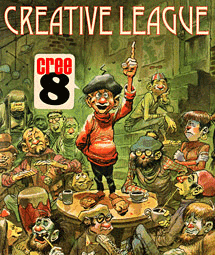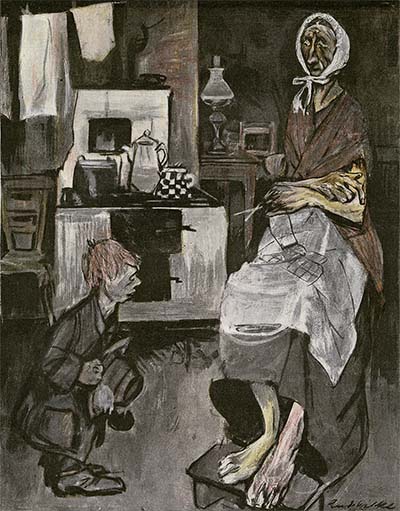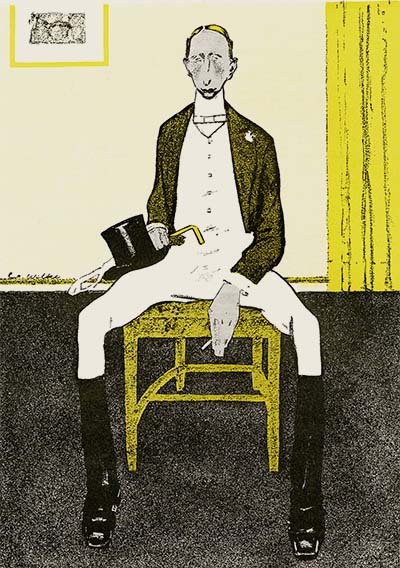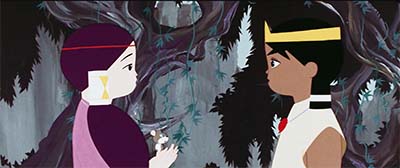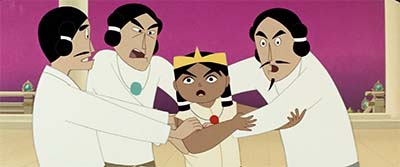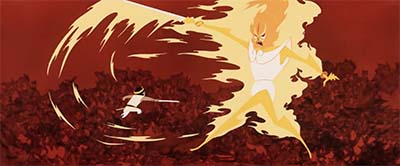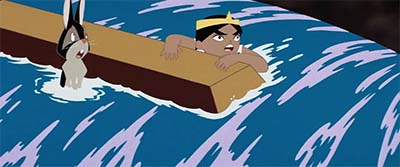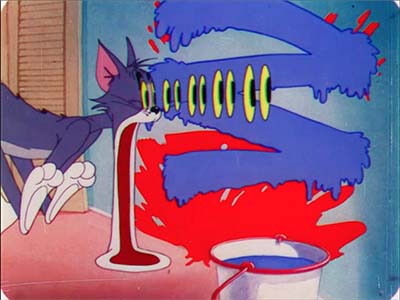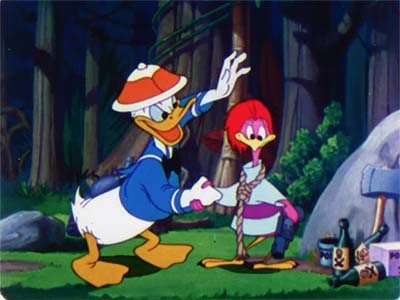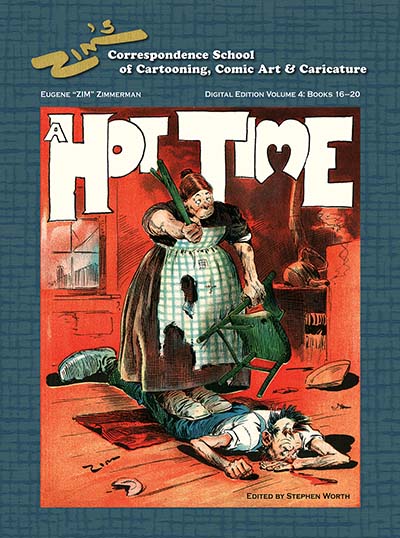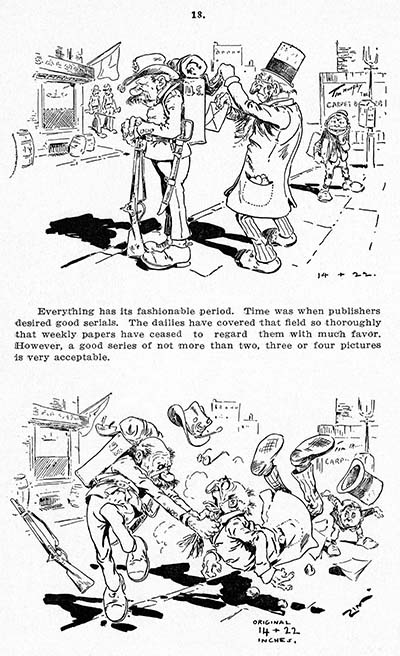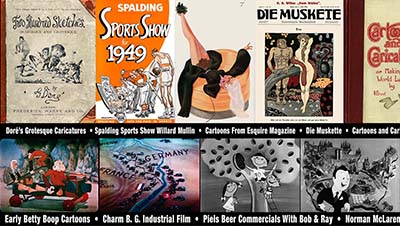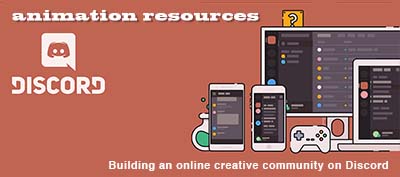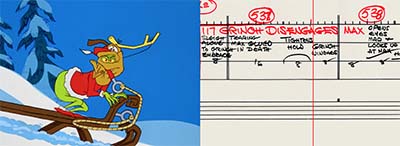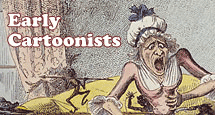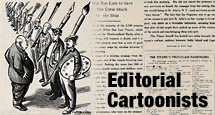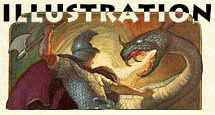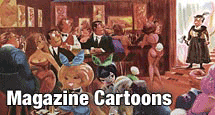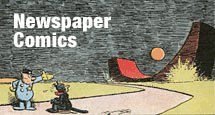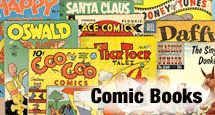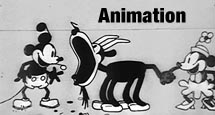This posting is a stub. You can contribute to this entry by providing information through the comments link at the bottom of this post. Please organize your information following the main category headers below….
Birth/Death
b. Gelnhausen, Germany 1900
d. Los Angeles, CA 1967
Occupation/Title
Animator, Filmmaker, Painter
Bio Summary
Oskar Fischinger (1900–67) was a pioneer of abstract animation and visual music. Working in Frankfurt, Munich, Berlin and Los Angeles, he has been called the Father of Visual Music and the Grandfather of Motion Graphics. Fischinger made some of the first music videos in the early 1930s, influenced John Cage’s theories of percussion, and the style of Disney’s Fantasia (1940). He has influenced generations of animators and filmmakers and continues to do so today. He first made silent black and white films in the 1920s, and a series of live cinematic performances called Raumlichtkunst (1926). His ground-breaking 1930s Studies series synchronizing animation and music screened in first-run theatres worldwide. Fischinger was involved with the invention of Gaspar Color, a three-color system which was an early rival to Technicolor. With this color system he made Kreise (1933-34), Squares, a Muratti commercial, and Composition in Blue (1935).
Fischinger made commercials in his Berlin animation studio, and his color Muratti cigarette commercial made him famous worldwide. Paramount Studios brought him to Hollywood in 1936, where he had several unsuccessful encounters with Hollywood studios (Paramount, MGM, Disney). He did find support in the 1940s for a few films from Hilla Rebay and the Guggenheim Foundation in New York, and in the early 1950s made a few animated commercials. In his later years he could not find support for his films and focused on painting, drawing and a light-play instrument, the Lumigraph. —C. Keefer, Center For Visual Music
Early Life/Family
Education/Training
Career Outline
Comments On Style
Influences
Personality
Anecdotes
Miscellaneous
Filmography
Honors
Related Links
Center For Visual Music: Fischinger Research Portal
Bibliographic References
Contributors To This Listing
Cindy Keefer, Archivist / Curator, Center For Visual Music
To make additions or corrections to this listing, please click on COMMENTS below…





